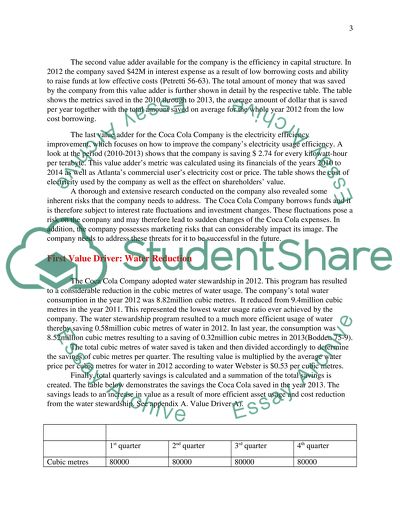Cite this document
(“Comprehensive Case Study Example | Topics and Well Written Essays - 2000 words”, n.d.)
Retrieved from https://studentshare.org/finance-accounting/1641348-comprehensive-case
Retrieved from https://studentshare.org/finance-accounting/1641348-comprehensive-case
(Comprehensive Case Study Example | Topics and Well Written Essays - 2000 Words)
https://studentshare.org/finance-accounting/1641348-comprehensive-case.
https://studentshare.org/finance-accounting/1641348-comprehensive-case.
“Comprehensive Case Study Example | Topics and Well Written Essays - 2000 Words”, n.d. https://studentshare.org/finance-accounting/1641348-comprehensive-case.


